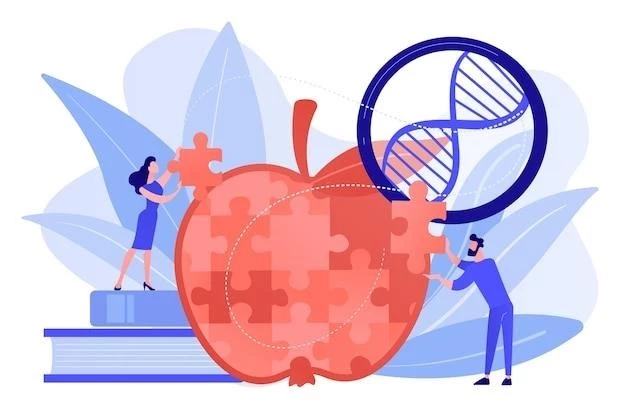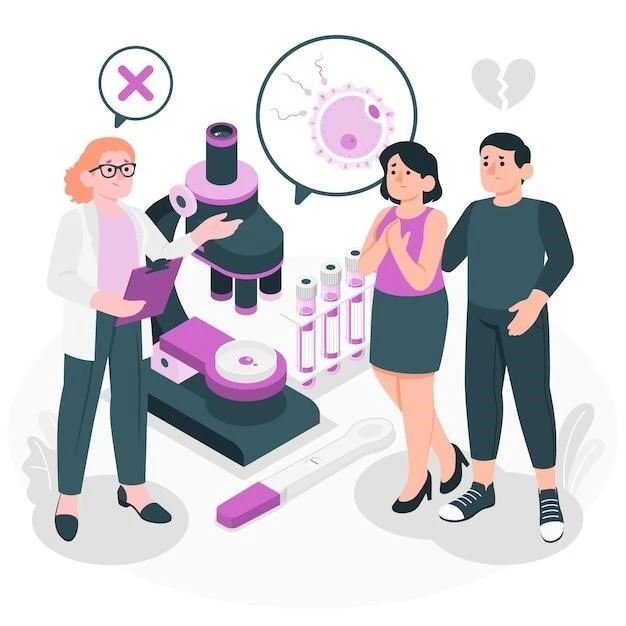Overview of Pemphigus Vulgaris
Pemphigus vulgaris (PV) is an autoimmune disease that results in blisters on cutaneous and mucosal surfaces․ It is a rare chronic blistering skin disease‚ classified as a type II hypersensitivity reaction․ Antibodies form against desmosomes‚ leading to blister formation․ PV primarily affects middle-aged and older adults‚ with a historical higher incidence in women․
Definition and Characteristics
Pemphigus vulgaris (PV) is an autoimmune disease characterized by the formation of blisters on the skin and mucous membranes․ The condition is a result of antibodies targeting desmosomes‚ proteins responsible for skin cell adhesion․ PV primarily affects middle-aged and older adults‚ with a historical higher incidence in women․ The disease can lead to severe blistering‚ erosion‚ and ulceration on mucosal and cutaneous surfaces․

Familial Pemphigus Vulgaris
The term familial pemphigus refers to a genetic condition called Hailey-Hailey disease that affects the adhesion between skin cells‚ resulting in blistering․ It is distinct from autoimmune forms of pemphigus and is linked to mutations in the ATP2C1 gene․
Hailey-Hailey Disease
Hailey-Hailey disease (HHD)‚ also known as benign familial pemphigus‚ is a genetic disorder that affects the adhesion of epidermal keratinocytes‚ leading to blistering․ The condition is characterized by intraepidermal acantholysis‚ resulting in lesions that manifest as vesicles and bullae․ HHD is considered to be a rare genodermatosis with distinct clinical features compared to autoimmune forms of pemphigus․
Genetic Component of Familial Pemphigus Vulgaris
The genetic component of familial pemphigus vulgaris involves a mutation in the ATP2C1 gene‚ affecting the function of calcium-dependent ATPases responsible for calcium sequestration within the Golgi apparatus․
ATP2C1 Gene Mutation
The familial form of pemphigus vulgaris is associated with a mutation in the ATP2C1 gene․ This gene mutation affects the function of calcium-dependent ATPases‚ leading to abnormal calcium sequestration within the Golgi apparatus․ The dysfunction of these ATPases plays a crucial role in the pathogenesis of Hailey-Hailey disease․
Clinical Presentation of Familial Pemphigus Vulgaris
The clinical presentation of familial pemphigus vulgaris involves blistering‚ erosion‚ and ulceration on both mucosal and cutaneous surfaces due to impaired keratinocyte adhesion․
Mucosal and Cutaneous Involvement
Familial pemphigus vulgaris typically presents with both mucosal and cutaneous involvement․ This includes blistering‚ erosion‚ and ulceration on various mucosal surfaces (such as the mouth‚ nose‚ and genital areas) as well as on the skin․ The blisters can be painful and may lead to severe complications if not properly managed․

Diagnosis and Management of Familial Pemphigus Vulgaris
The diagnostic approach involves clinical evaluation‚ histopathological examination‚ immunofluorescence studies‚ and genetic testing․ Management includes immunosuppressive therapy‚ corticosteroids‚ and tailored treatment plans based on disease severity․
International Consensus Guidelines
The International Bullous Diseases Consensus Group‚ composed of experts in the field‚ met to establish international consensus guidelines for the diagnosis and management of pemphigus vulgaris and pemphigus foliaceus․ These guidelines aim to provide a unified approach to the understanding and treatment of these autoimmune blistering diseases․
Treatment Options for Familial Pemphigus Vulgaris
Treatment options for familial pemphigus vulgaris may include immunosuppressive therapy‚ corticosteroids‚ and tailored treatment plans based on the individual’s disease severity and response to initial interventions․
Role of Corticosteroids
Corticosteroids play a pivotal role in the treatment of familial pemphigus vulgaris․ These medications help in suppressing the immune system’s response and reducing inflammation‚ thus controlling blister formation and promoting healing of the affected skin and mucosal areas․
Prognosis and Mortality Rates of Familial Pemphigus Vulgaris
Understanding the prognosis and mortality rates of familial pemphigus vulgaris is crucial․ With appropriate management‚ the prognosis for individuals with familial pemphigus vulgaris can be favorable․ However‚ due to the potential complications associated with severe blistering and immunosuppressive therapies‚ close monitoring and adherence to treatment plans are essential to improve outcomes and reduce mortality rates․
